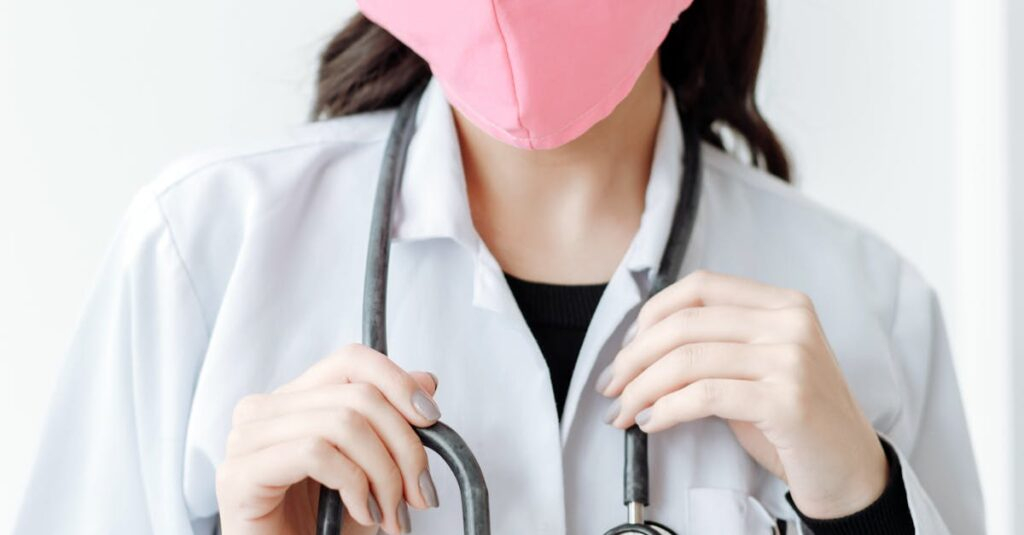Both HMPV vs. COVID-19 are respiratory illnesses that have gained attention due to their potential to cause widespread infections and complications. While they share similarities, there are significant differences between the two viruses. Here’s a comprehensive comparison to help you understand these illnesses better.
1. Causative Agent
- HMPV: Caused by the Human Metapneumovirus, a member of the Paramyxoviridae family.
- COVID-19: Caused by the SARS-CoV-2 virus, a novel coronavirus first identified in 2019.
2. Mode of Transmission
- HMPV: Spreads through respiratory droplets, direct contact with infected individuals, and contaminated surfaces.
- COVID-19: Transmitted primarily through respiratory droplets, aerosols, and contact with contaminated surfaces. It is more contagious than HMPV due to its ability to spread through airborne particles over longer distances.
3. Symptoms
Both viruses cause respiratory symptoms, but the severity and range of symptoms can differ:
- HMPV Symptoms:
- Fever
- Cough
- Nasal congestion
- Shortness of breath
- Wheezing (in severe cases)
- Typically milder and more common in children, the elderly, and immunocompromised individuals.
- COVID-19 Symptoms:
- Fever or chills
- Dry cough
- Fatigue
- Loss of taste or smell (a unique symptom of COVID-19)
- Sore throat
- Difficulty breathing
- Can cause severe complications like acute respiratory distress syndrome (ARDS) and multi-organ failure.

4. Incubation Period
- HMPV: Symptoms typically appear 3-6 days after exposure.
- COVID-19: Symptoms can develop 2-14 days after exposure, with an average incubation period of 5 days.
5. At-Risk Populations
- HMPV:
- Children under 5 years old
- Elderly individuals
- People with underlying respiratory conditions or weakened immune systems
- COVID-19:
- Elderly individuals
- People with chronic conditions such as diabetes, hypertension, and heart disease
- Pregnant women and immunocompromised individuals
6. Complications
- HMPV:
- Bronchitis
- Pneumonia
- Exacerbation of asthma or COPD
- COVID-19:
- Severe pneumonia
- ARDS
- Blood clots
- Long COVID (persistent symptoms lasting weeks or months)
7. Diagnosis
- HMPV: Diagnosed using PCR tests, antigen detection, or viral culture from respiratory samples.
- COVID-19: Diagnosed through PCR tests, rapid antigen tests, and antibody tests.
8. Treatment
- HMPV: No specific antiviral treatment. Management focuses on symptom relief, such as hydration, fever reducers, and oxygen therapy in severe cases.
- COVID-19: Treatment includes antivirals (e.g., remdesivir), corticosteroids, monoclonal antibodies, and supportive care. Vaccines are available to prevent severe illness.
9. Prevention
- HMPV:
- Hand hygiene
- Avoiding close contact with sick individuals
- Wearing masks in crowded spaces
- COVID-19:
- Vaccination
- Mask-wearing
- Social distancing
- Frequent handwashing
10. Global Impact
- HMPV: Causes seasonal outbreaks, primarily affecting children and the elderly. It’s less likely to cause pandemics due to its lower transmission rate.
- COVID-19: Sparked a global pandemic, resulting in millions of deaths and widespread social and economic disruption.
Conclusion
While both HMPV and COVID-19 are respiratory illnesses, their differences in causative agents, transmission, symptoms, and global impact highlight the need for tailored prevention and treatment strategies. Staying informed and following public health guidelines can help reduce the risk of both infections.









